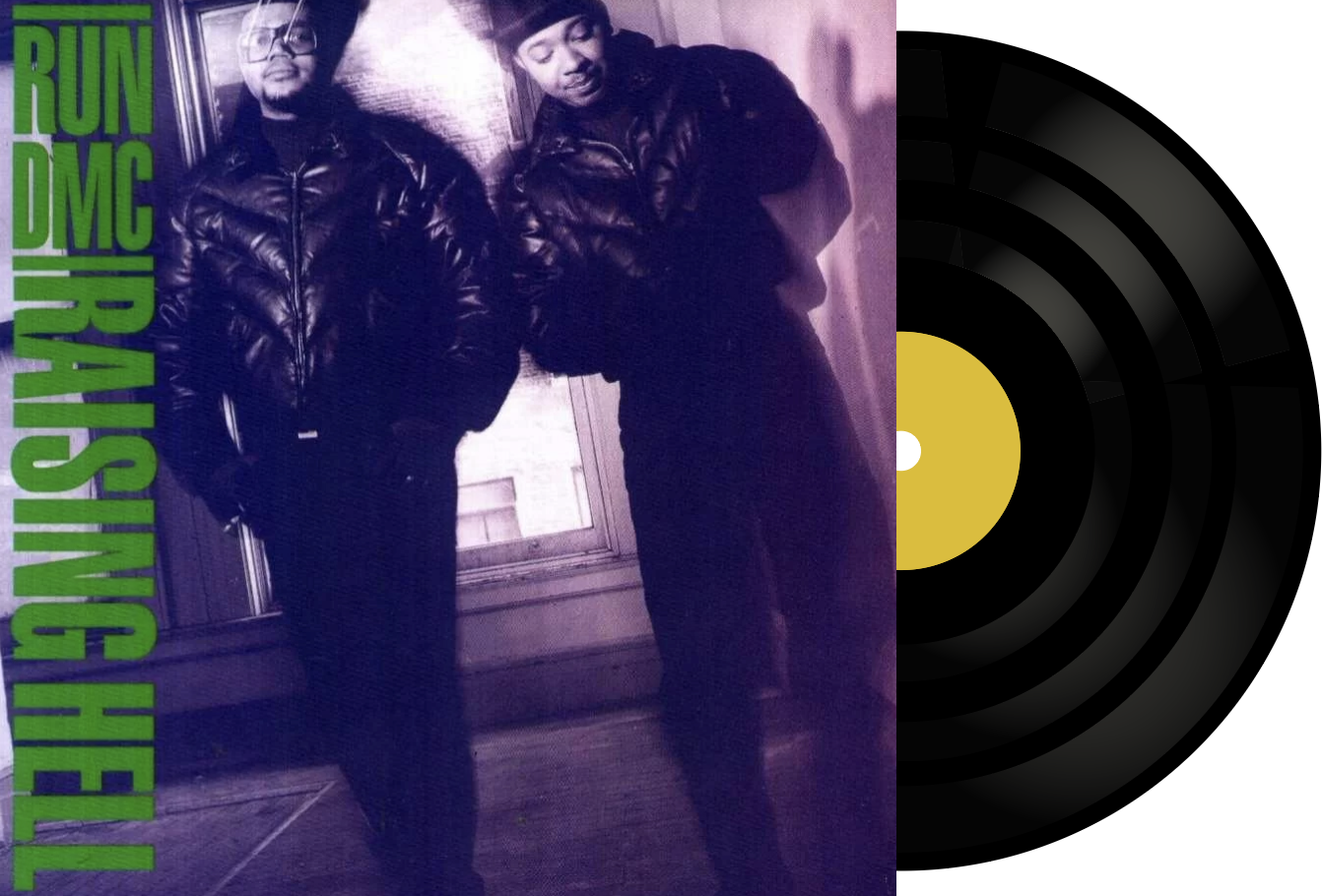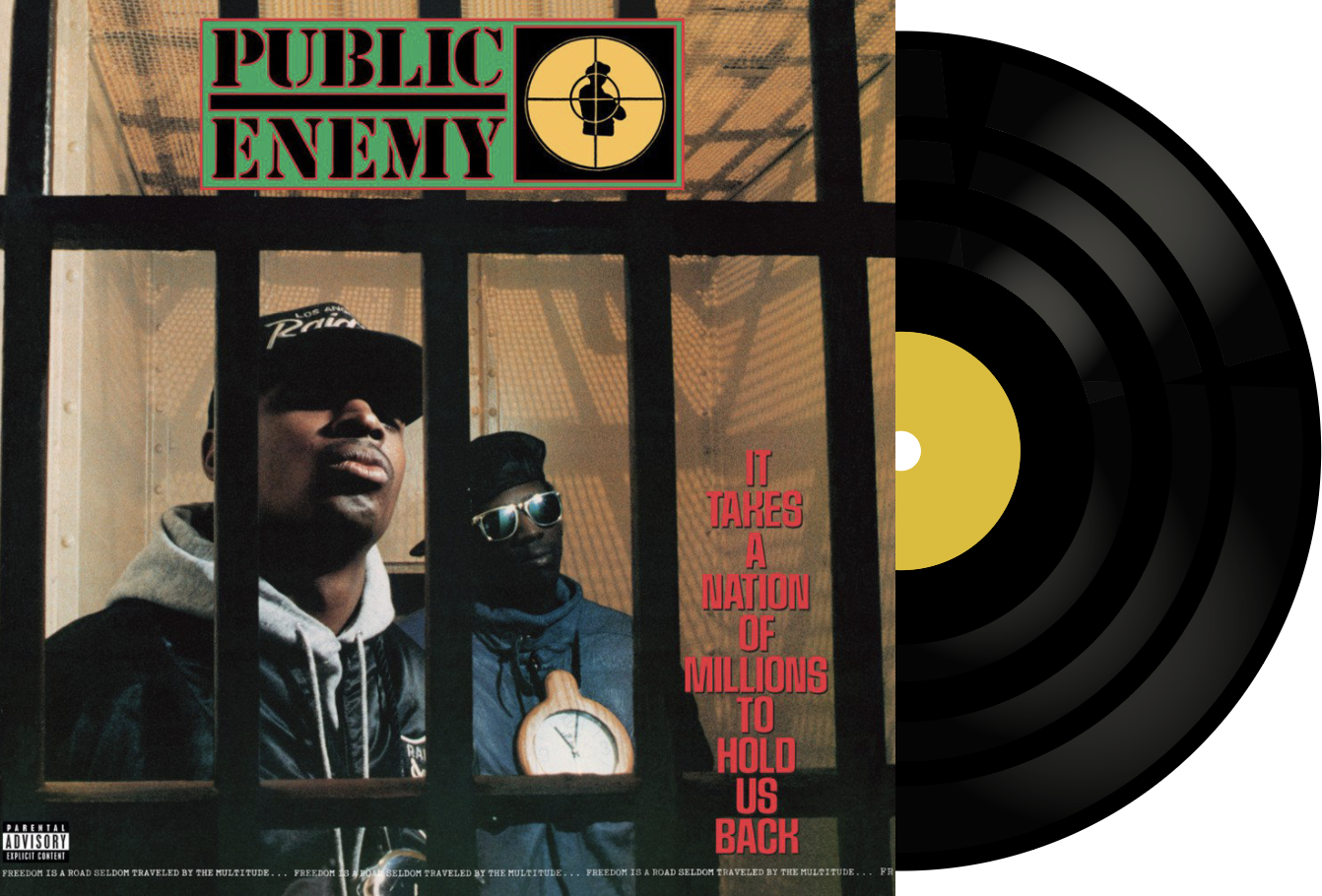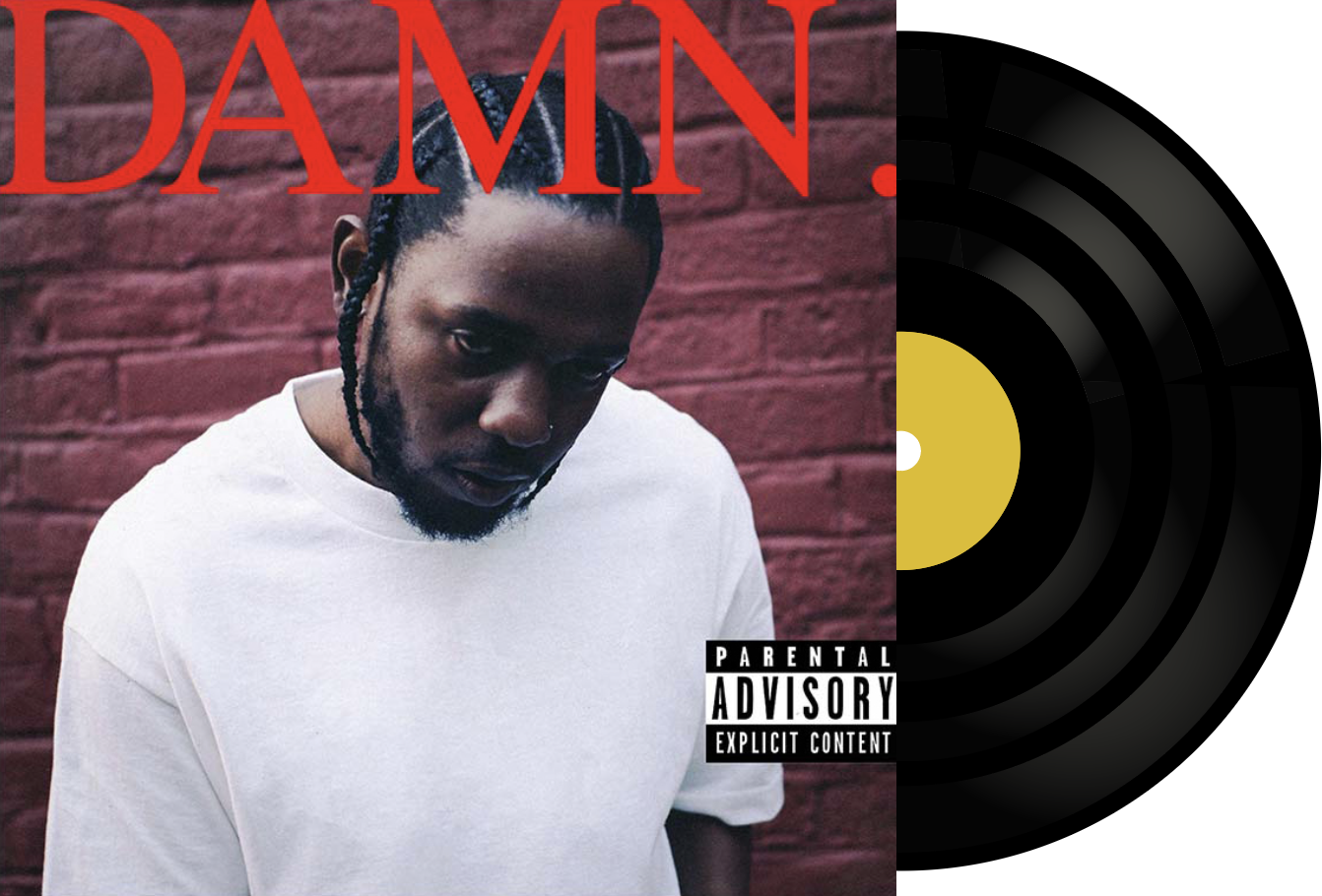ALBUMS
Happy Birthday, Hip-Hop
In honor of a half-century of hip-hop, Jeffrey Ogbar puts a spin on "3 Books." UConn history professor, director of the Center for the Study of Popular Music, and author of the award-winning "Hip-Hop Revolution: The Culture and Politics of Rap" (2007, University Press of Kansas), Ogbar just entered his 25th year of teaching his popular course, "Hip-Hop, Politics, and Youth Culture in America." To celebrate the 50th anniversary of a Bronx party where DJ Kool Herc mixed two records using his "Merry-Go-Round" technique and gave birth to the genre, Ogbar sounds off on one classic, one personal favorite, and one essential hip-hop album.

Illustration by Kyle Hilton
Classic:
"Raising Hell" by Run-D.M.C. (1986)
Run-D.M.C. is the first rap group to be played prominently on MTV, the first to go platinum, the first to appear on the cover of Rolling Stone, the second to be inducted into the Rock & Roll Hall of Fame. "Raising Hell" comes out in a period where hip-hop is penetrating the mainstream. There's no dedicated hip-hop magazine, TV shows, or Grammy category at the time, yet the album goes platinum and Run-D.M.C. is able to sell out arenas. The audience sort of elbows its way into the mainstream, and does so on its own terms — classic hip-hop bravado. It's braggadocious, fun, festive, party music.
I grew up in LA. In 1986, Run-D.M.C. had performed at Long Beach, and rival gangs had caused a ruckus. After that, no one would provide insurance for them to play in the area. In 1987, during my senior year of high school, I went to see the Beastie Boys at the Hollywood Palladium. Everyone was having a good time, the concert was hot, and the Beastie Boys introduced special guests. The lights went down and you heard D.M.C. yell, "My A-didas!" I distinctly remember the joy; hugging my boys. That was the highlight of my teenage years, seeing Run-D.M.C. at this small venue.

Personal Favorite:
"It Takes a Nation of Millions to Hold Us Back" by Public Enemy (1988)
Even if you look at other genres of music, I don't think that you find any album of any generation that's such an explicit, clear articulation of politics centered on the uplift of Black people and dealing with the historical moment. Looking at mass incarceration, looking at policing, the illegal drug trade, the effects of racism and the legacy of government repression — looking at all these different forces, there's nothing as rich, as substantive, as this album. It comes out at a moment when academics in the ivory tower, policymakers, and activists were alarmed at many of these issues within the Black community — the rise of the crack cocaine trade, increasing homicide rates, rising unemployment and poverty rates, the use of the term "endangered species" to refer to Black males.
I love Whitney Houston, New Edition, Anita Baker, other artists of the 1980s — but they didn't talk about these issues. Public Enemy came out and dealt with it in powerful ways. It was a seismic shift in the possibilities of hip-hop. It's also a sublime album in terms of beats, production, and rhyming scheme. This album increased the beats per minute in hip-hop, made it much more frenetic.

Essential:
"Damn" by Kendrick Lamar (2017)
Like Run-D.M.C. or Public Enemy, Kendrick was able to capture the attention of most people who listen to rap music — and those who don't. It's not only critically acclaimed and commercially successful, but also Pulitzer Prize"“winning, making him the first artist to do so that wasn't European classical or jazz. That's rarified space. These are personal songs about his life, his father, his family; "DUCKWORTH." is a fantastic song that deals with faith. "PRIDE.," "HUMBLE.," "LUST.," "LOVE.," "FEAR.," "GOD." — these are songs that talk about the human condition in such sophisticated ways.
What you have with Kendrick is the combination of a wide range of topics, complex lyrical delivery, and on top of that wonderful production. It's an essential album for people who are not familiar with hip-hop. "DAMN." is an album that will continue to satisfy you long after you hear it the first time. You can listen to it for years and find something new every time.



Leave a Reply